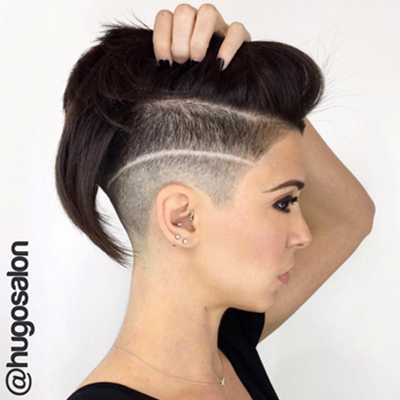Last updated: June 17, 2019
Shear Etching: Everything You Need to Know
TRENDING NOW!
-
Balayage
Try These 7 Tricks To Master Reverse Balayage
-
Curly
Long Layers: 10 Pro Tips + Common Cutting Mistakes
-
Extension Application
Why Some Wefts Last Longer Than Others (& How to Choose Wisely)
-
BTC Hair Trend Report
6 Trending Hair Colors for Spring & Summer 2025
-
Business
5 Tips To Raise Prices & Increase Revenue Without Losing Clients
-
BTC Hair Trend Report
Quiet Luxury Blonde: The "Old Money" Trend Explained
-
Bobs
Textured Vs. Layered Bob: Read This To Learn The Difference!
-
Copper
What Is The "Cowboy Copper" Hair Trend? Here's What It Really Means...





 or
or






